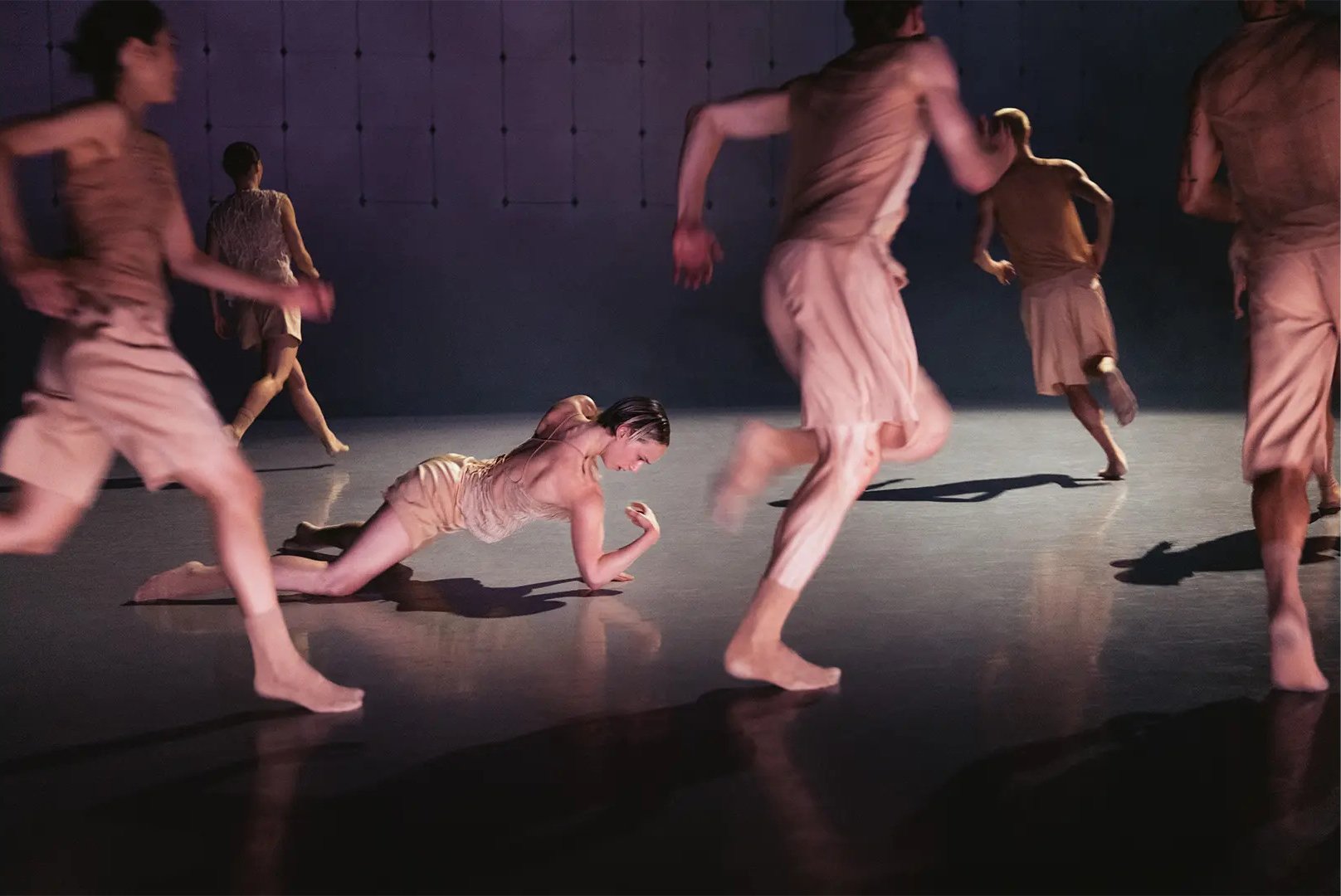NeoClassical or NeoFuturistic? The trends in contemporary dance today.
If you hear Netherlands Dance Company, you immediately picture the Mecca of ultra-contemporary cutting-edge dance fusion and unrivaled technical virtuosity. Yes - to the latter, but not quite the former.
The Netherlands Dance Company is usually cherished for its innovative, multifaceted choreography. Imagine a multitude of impeccably polished dancers with mesmerizing dexterity and agility gliding through space, defying gravity and twining into a kinetic puzzle of bodies that look alien and surreal. Bodies reduced to boneless articulation, agile and nimble - shape shift by the beat, elegant and exquisite in intricate footwork – their extremities mapping like a compass through an ethereal zone with fierce precision. And all these deft and splendid performers communing in an ambient set and beating to the drum of a quixotic percussion. Highly articulate bodies framed in a Neoclassical vocabulary, showcasing their splendor through unconventional lines converging into rondo-like refrains – challenging traditional notion of symmetry and form and mirroring the rhythm, dynamics and phrasing of the scope.
It felt like going back to the future. Returning to the era of Balanchine almost a century ago, and yet utilizing highly advanced bodies that moved futuristically. The Netherland Dance Company’s debut at New York City Center this April was a real anachronism. The dancers were up-to-date, the movement score – obsolete.
Why is Neoclassical still trending today? Aren’t we supposed to deconstruct movement in the Pina Bausch sense of pedestrian authenticity and rediscover new pathways to somatic embodiment that are unadulterated and yet sovereign, steeped into the kinetic recall of our emotional memory as dancers and energy shifters.
If you have the crème de la crème of contemporary dance, literally one of the most talented and versatile dancers on this planet at your disposal why would you as a choreographer lean on Neoclassical form and not dare to explore into the wildly rich post-contemporary performance idiom that has been generated through interdisciplinary dance experiments today?
When Balanchine & Kirstein coined Neoclassical ballet, they were considered revolutionary fusion-artists, bridging the gap between classical and modern dance styles. They focused on the purity of articulation, rather than elaborate storytelling or visual effects. They were mavericks for their age as they pushed the boundaries of classical technique into something new and creative. They carved their trail in the ballet space. Isn’t it time for all of us contemporary choreographers to blaze another trail of unapologetic innovation – giving conventional form a “form-less” upgrade?
As pure dance form, stripped of narrative NeoClassical dance continues to be creative fodder for post-modern dance companies. Why does the codified language of ballet still have to surface in every contemporary dance work?
I believe we need to jump off the cliff, exit the comfort zone and retrieve a dance vocabulary from within – emphasizing emotional expression over abstract form, and allowing the veracity of our intention to dwell as a subject matter of poignant and evocative form. And that takes guts and the ability to engender human experiences on stage – putting our intrinsic humanness to the test of contemporary issues.
This means: if you are a contemporary choreographer focus on what matters to you and trace through the body how this applies to the world at large. Our dreamscape creates our landscape. The outer is reflected in the inner, the latter is informed by the former, the explicit envelops the implicit and form follows energy.
Let us guide our energy into myriad intricate and authentic forms of expression and create rituals rooted in synergy and awe.
Going back to our inner child and our intrinsic ability to explore and re-discover our dance language anew. Let’s PLAY!

